-
New

Photoluminescent Floor Level Sign - Floor 2
From £17.99 To £22.99Supplied in: Single -
New
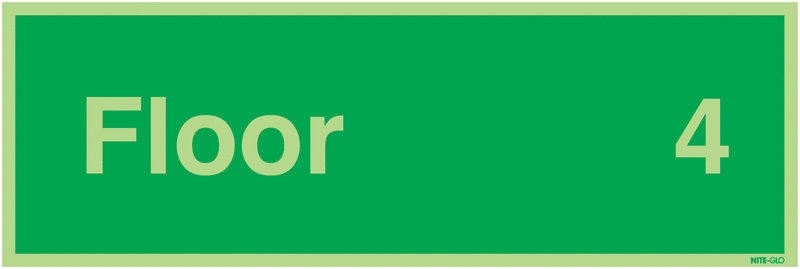
Photoluminescent Floor Level Sign - Floor 4
From £17.99 To £22.99Supplied in: Single -
New
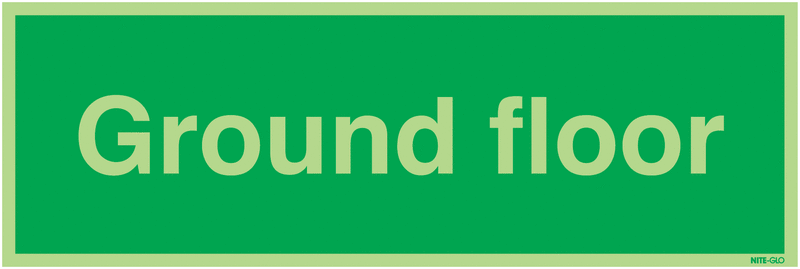
Photoluminescent Floor Level Sign - Ground Floor
From £17.99 To £22.99Supplied in: Single -
New
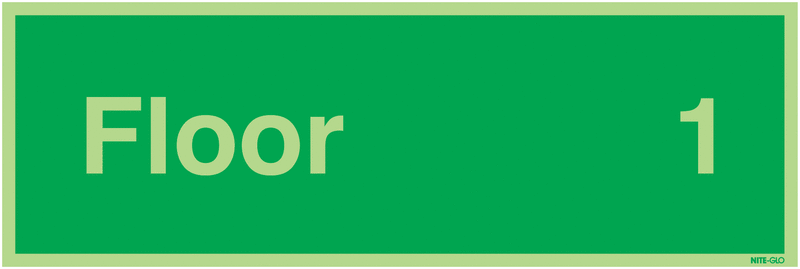
Photoluminescent Floor Level Sign - Floor 1
From £17.99 To £22.99Supplied in: Single -
New

Photoluminescent Floor Level Sign - Floor 3
From £17.99 To £22.99Supplied in: Single -
New

Photoluminescent Floor Level Sign - Floor 6
From £17.99 To £22.99Supplied in: Single -
New
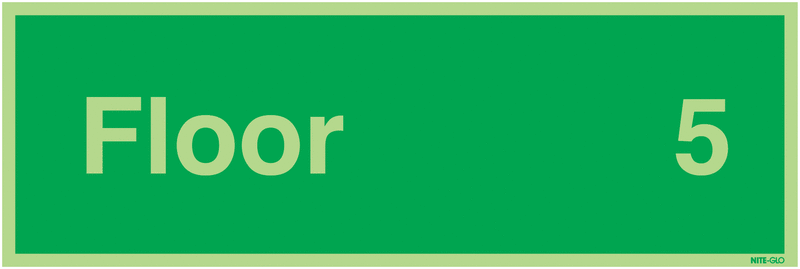
Photoluminescent Floor Level Sign - Floor 5
From £17.99 To £22.99Supplied in: Single -
New
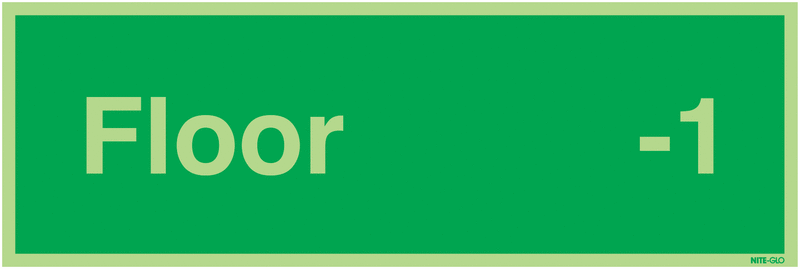
Photoluminescent Floor Level Sign - Floor -1
From £17.99 To £22.99Supplied in: Single -
New

Photoluminescent Floor Level Sign - Floor 7
From £17.99 To £22.99Supplied in: Single -
New
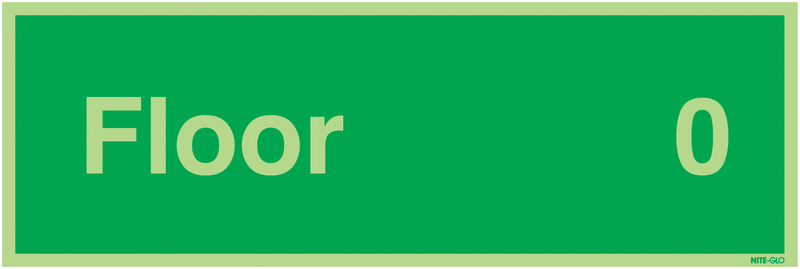
Photoluminescent Floor Level Sign - Floor 0
From £17.99 To £22.99Supplied in: Single -
New

Photoluminescent Floor Level Sign - Floor 8
From £17.99 To £22.99Supplied in: Single -
New
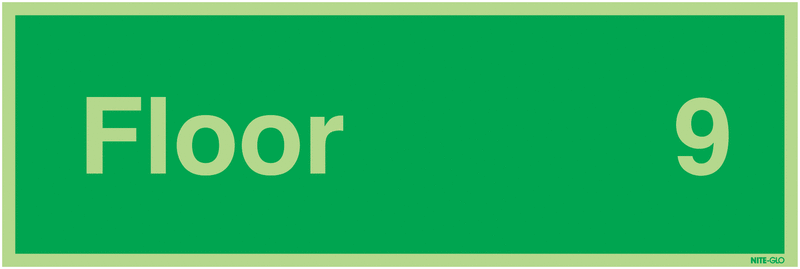
Photoluminescent Floor Level Sign - Floor 9
From £17.99 To £22.99Supplied in: Single -
New
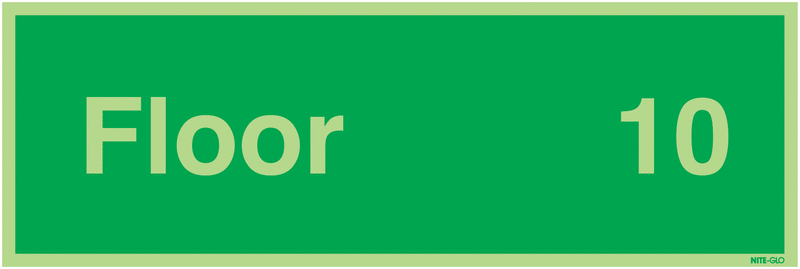
Photoluminescent Floor Level Sign - Floor 10
From £17.99 To £22.99Supplied in: Single -
 Customisable
Customisable

Slatz Sign System - 1 Header 2 Slatz
£279.99Supplied in: Kit -
 Customisable
Customisable

Slatz Sign System - 1 Header 3 Slatz
£319.99Supplied in: Kit -
 Customisable
Customisable

Slatz Sign System - 1 Header 4 Slatz
£349.99Supplied in: Kit -
 Customisable
Customisable

Slatz Sign System - 1 Header 5 Slatz
£399.99Supplied in: Kit -
 Customisable
Customisable

Slatz Sign System - 1 Header 6 Slatz
£449.99Supplied in: Kit -
 Customisable
Customisable

Slatz Sign System - 1 Header 8 Slatz
£549.99Supplied in: Kit -
 Customisable
Customisable

Slatz Sign System - 1 Header 10 Slatz
£649.99Supplied in: Kit -
 Customisable
Customisable

Slatz Sign System - 1 Header 12 Slatz
£749.99Supplied in: Kit
Wayfinding Signs
Need help?
 Do you have the right wayfinding system in place?
Wayfinding Signs. High Quality Directional Signs - Fast
Do you have the right wayfinding system in place?
Wayfinding Signs. High Quality Directional Signs - Fast
Here at Seton, we know that wayfinding and signage go hand-in-hand. Have you ever found yourself in an unfamiliar office block, shopping centre or warehouse, wishing for a sign that tells you where you are or where you need to go? Wayfinding signs take the mystery out of strange places.
Our highly visible and professional wayfinding signage helps people get to meetings on time, route vehicles to the right docks, and streamline the flow of a busy workspace. Our signage wizards sourced only the best wayfinding signs to identify, inform, direct, and regulate your workplace.
Also discover:
Safety signsDog SignsGeneral Information SignsPublic Area SignsDrinking water signsEscalator Signs
Wayfinding Signs – What Is Wayfinding Signage?
Many people think of directional signage as wayfinding signs, when, in fact, directional markers are part of your wayfinding system for your business. Wayfinding combines all the signs that workers and visitors need to find their way around.
So, your wayfinding is a system and the signs needed to make it work are a part of that system. A careful assessment of your layout, access points, danger areas and prohibited places will determine which wayfinding signs you need and where to display them. For this purpose, it is important to understand the different categories of wayfinding signs.
Four different types of wayfinding signs
Wayfinding signs communicate different messages. They either identify, inform, direct or control.
Identification signs
These markers can be anything from floor level signage to interior wayfinding signs. They tell people where they are or if they have arrived at a destination.An identification wayfinding sign also serves as a landmark, helping new workers get to know a workspace or showing visitors whether they are in the right or wrong place. These signs should be highly visible and send a clear message – someone should understand it with just a quick glance.
For instance, floor-level signage in a multi-storey office block is an essential navigation tool. Our Photoluminescent Ground Floor sign and Photoluminescent Floor 1 sign tick all the boxes as they even glow in the dark for up to six hours.
Apart from identifying different levels, you also need office wayfinding signs for:
- Designations – for example, the human resources manager
- Departments – for example, the human resources department
- Landmarks – for example, a hall or conference facility erected in thanks of or memory to someone
Directional signs
These signs, as the name suggests, tell people where to go. One can easily get lost in any strange setup, regardless of the size.Directional wayfinding signs strategically placed at junctions and high-traffic areas guide people from one point to the next. These simple yet effective solutions help streamline operations and boost efficiency.
For instance, if a delivery truck gets lost and takes an hour to find the right loading dock, those goods will be late for delivery, and the delay can mess up an entire day’s logistics schedule. Knowing the importance of directional wayfinding signs, Seton’s specialists made sure to stock custom wayfinding signs, warehouse directional signs and directional office signs.
Remember, continuity is the key to success for directional wayfinding signs. Getting lost between points A and B means backtracking and wasting time. Typical directional signs for office buildings include things such as:
- Junction point arrows
- Floor tape
- Directory signage
Information signs
An information sign communicates the essentials about a building or operation. You can place these signs in key spots such as lobbies, receptions, entrances or waiting rooms, giving people all the necessary information in a nutshell.These signs aim to answer general questions about the location of people and places, such as where the visitors’ bathrooms are, business hours, departments and the floors they are on. Seton’s Slatz wayfinding signage system is ideal for this purpose.
A Slatz Sign System has a header you can use for a company name and removable panels for the relevant information. Take our 1 Header 4 Slatz design, which you can use to indicate multiple locations or designations.
Simply unclip and move the panels with the included tool. This means that you can swap information around or replace older panels when they are no longer relevant.
If you have a large setup, our 1 Header 12 Slatz Sign System has you covered. You can customise each panel with an up, down, right or left arrow next to a short description of the relevant person or place. Each panel has ample space for the information you need to display, such as:
- Facilities
- Business information, such as your hours and contact details
- Floor designations
- Free Wi-Fi points
Regulatory signs
Your regulatory wayfinding signs play an important role in how you manage safety and other aspects in your workplace. These signs are diverse and can often be confusing as they deal with legal compliance and quality approval.However, you don’t have to worry about the nitty-gritty of this as our health and safety experts stocked only UK-approved and ISO-compliant regulatory signs. Seton’s safety control and management signs clearly indicate what is and what is not allowed on a premises.
They are visible and clear in the message they send, with internationally recognised pictograms and colour schemes. We made sure to stock everything from no smoking and no entry signs to fire safety essentials and first aid markers. Examples of these are:
- Disabled parking bays
- Employee Only signs for areas that are off limits to the public
- No smoking signs
- Where to find fire extinguishers
- Watching out for warehouse vehicle traffic
Your wayfinding system assessment
Deciding on the wayfinding signs you need depends on the assessment outcomes of your workplace. A careful assessment of your physical layout enables you to identify the spots where the relevant signs should be placed. Asking questions such as the following can help with your assessment:
- How many floors does my building have?
- Are there multiple or intertwining corridors?
- Is there a mix of people and vehicles on the floor?
- Can people clearly see the signs at specific points?
Once you have gone through your entire facility and earmarked the strategic points for wayfinding signage, you can decide on the types of signs you need. Remember to consider the lighting in the different parts of your building.
Photoluminescent wayfinding signs
The Photoluminescent Safety Products Association (PSPA) is an international body that regulates the safety of photoluminescent signs. Seton’s wayfinding signs fully comply with these requirements.
Our Class B Photoluminescent Floor-Level Signage meets the minimum requirements for luminosity. This means that you can count on clearly visible information in dark and smoke-filled conditions.
Seton is your one-stop destination for all your wayfinding and signage solutions. Feel free to approach our experts if you need a hand.
